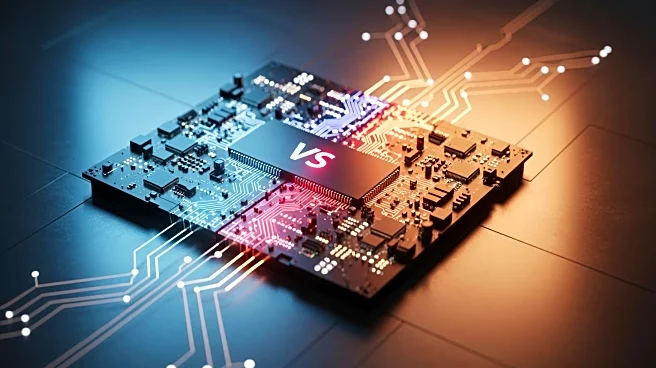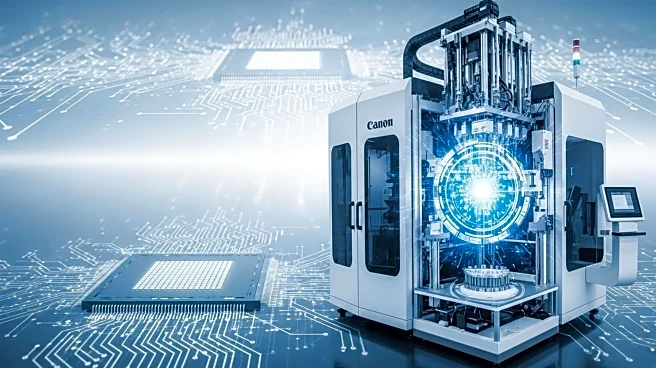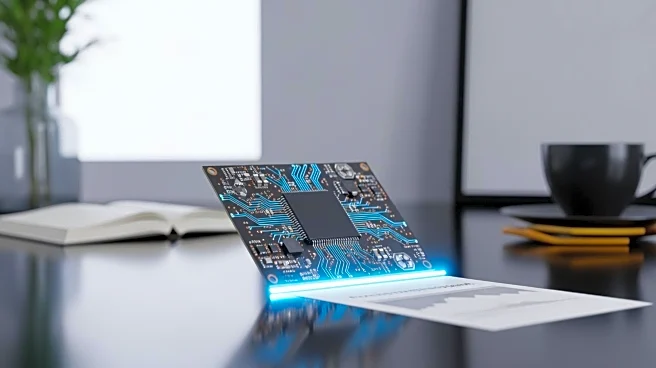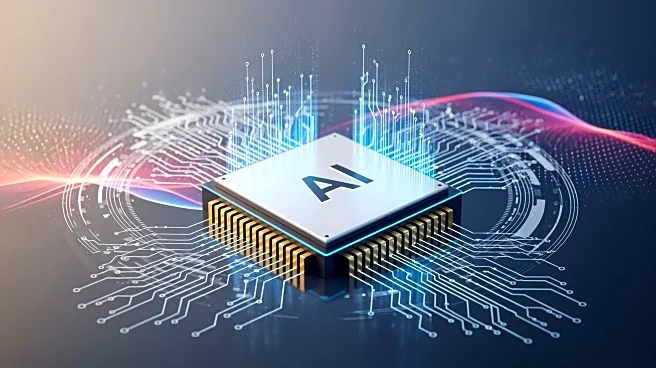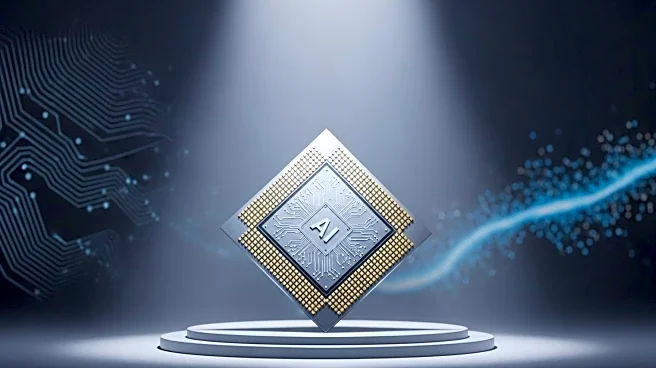What's Happening?
DuPont has announced that its Board of Directors has approved the separation of its Electronics business, Qnity Electronics, Inc. The separation will be effected through a pro rata dividend of Qnity shares to DuPont stockholders, scheduled for November
1, 2025. Each DuPont stockholder will receive one share of Qnity common stock for every two shares of DuPont common stock held. The New York Stock Exchange has authorized Qnity common stock for listing, with 'when-issued' trading expected to begin on October 27, 2025. This strategic move aims to unlock new opportunities for both DuPont and Qnity to thrive independently.
Why It's Important?
The approval of the Qnity Electronics distribution is a pivotal moment for DuPont, as it allows the company to focus on its core operations while enabling Qnity to pursue growth independently. This separation is expected to enhance shareholder value by providing clarity and focus to each entity's strategic objectives. For DuPont, the move aligns with its broader strategy to streamline operations and concentrate on high-growth areas. For Qnity, the separation provides an opportunity to leverage its expertise in the semiconductor value chain and expand its market presence.
What's Next?
Following the distribution, Qnity Electronics will begin 'regular way' trading on the NYSE under the symbol 'Q' on November 3, 2025. DuPont stockholders are advised to consult with financial and tax advisors regarding the implications of the distribution. The separation is subject to customary conditions, which DuPont expects to be satisfied by the distribution date. Both companies will focus on executing their independent strategies, with DuPont continuing to innovate in its core markets and Qnity expanding its technological solutions.
Beyond the Headlines
The separation of Qnity Electronics from DuPont may have long-term implications for the semiconductor industry, as Qnity aims to empower AI, high-performance computing, and advanced connectivity. This strategic move could lead to increased competition and innovation within the sector, potentially influencing market dynamics and technological advancements. Additionally, the separation highlights the growing trend of companies streamlining operations to enhance focus and efficiency.
